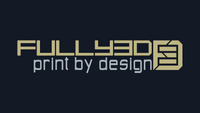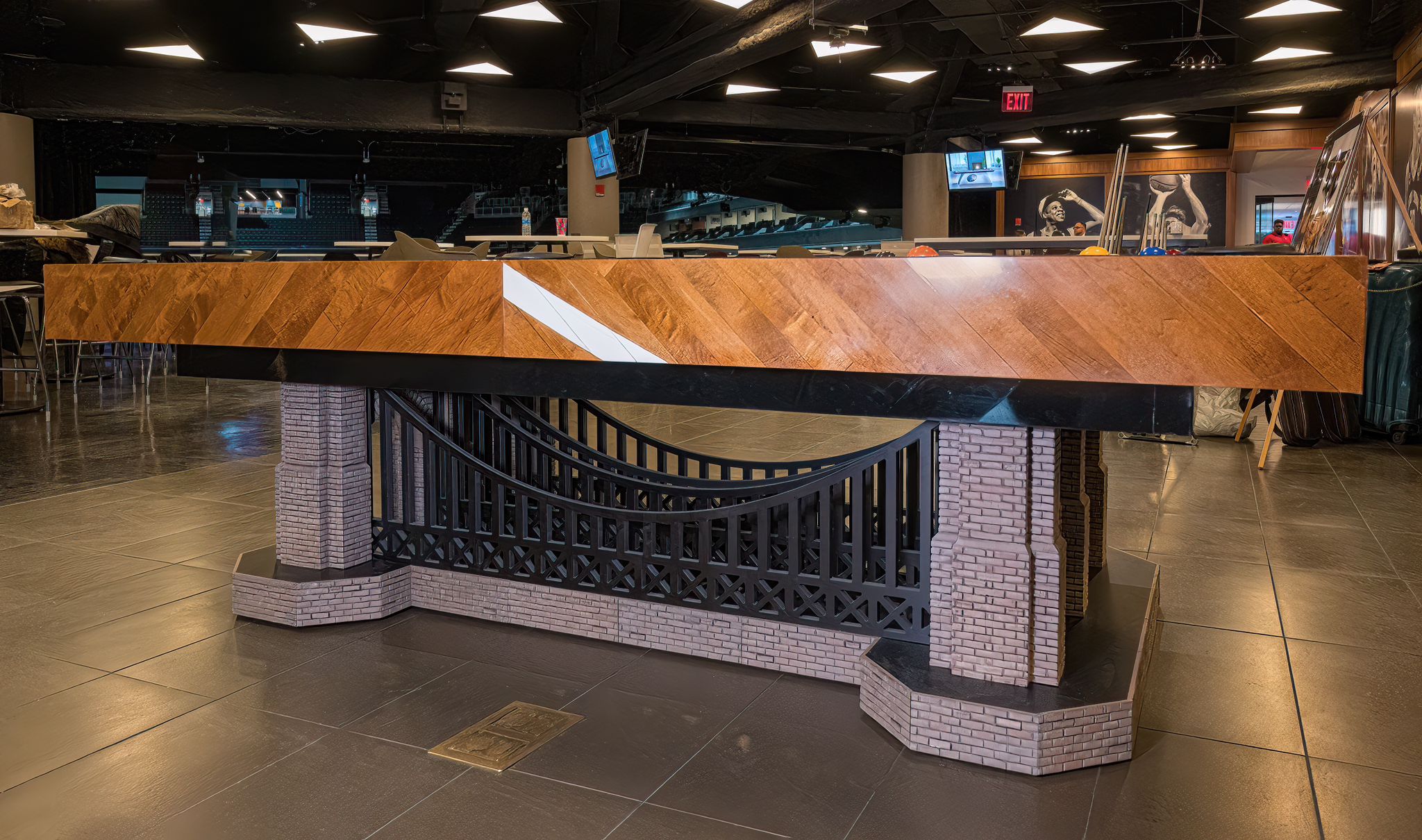
PLA (Polylactic Acid)
Overview: PLA is one of the most popular 3D printing materials. It’s made from renewable resources like corn starch, making it eco-friendly and biodegradable.
Properties: Easy to print, low warping, and no heated bed required. It has a glossy finish and is available in many colors.
Applications: Ideal for beginners, prototypes, decorative items, and low-stress parts.
Limitations: Not suitable for high-heat environments or mechanical parts requiring strength.











